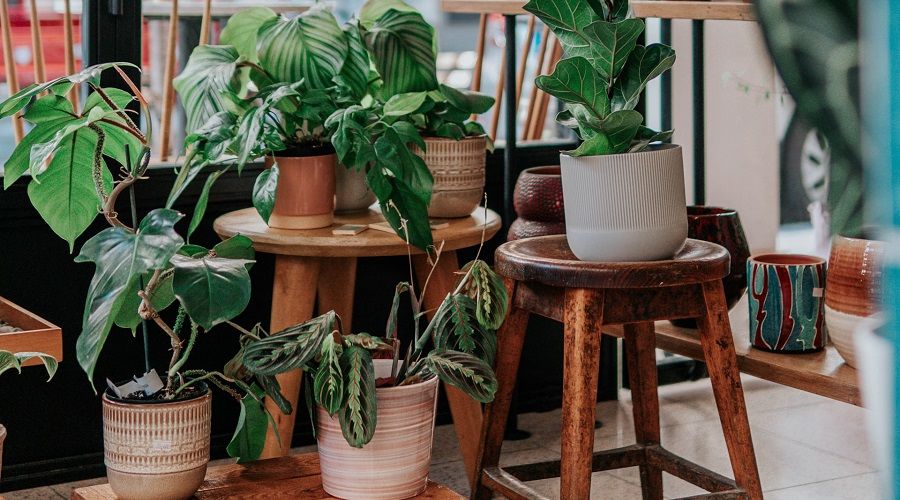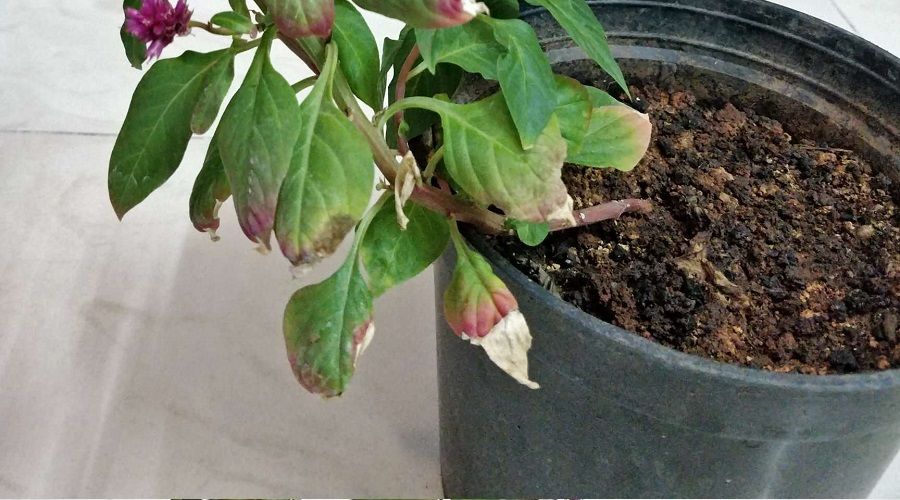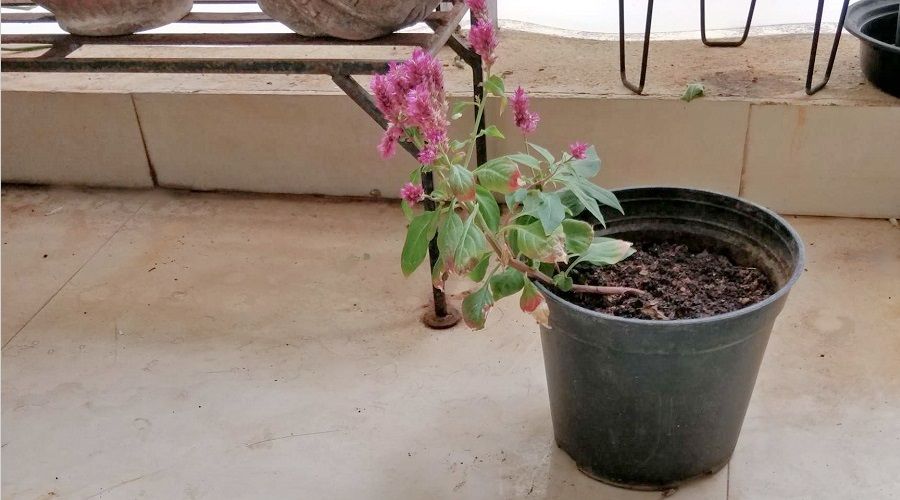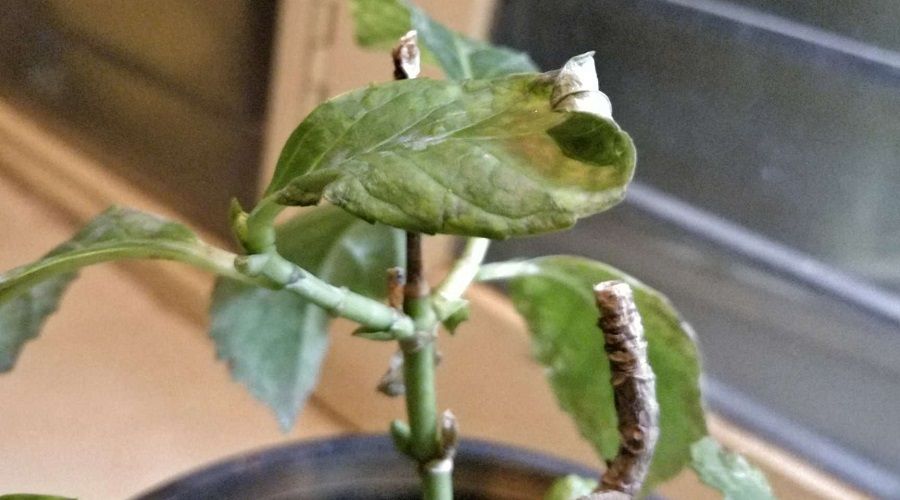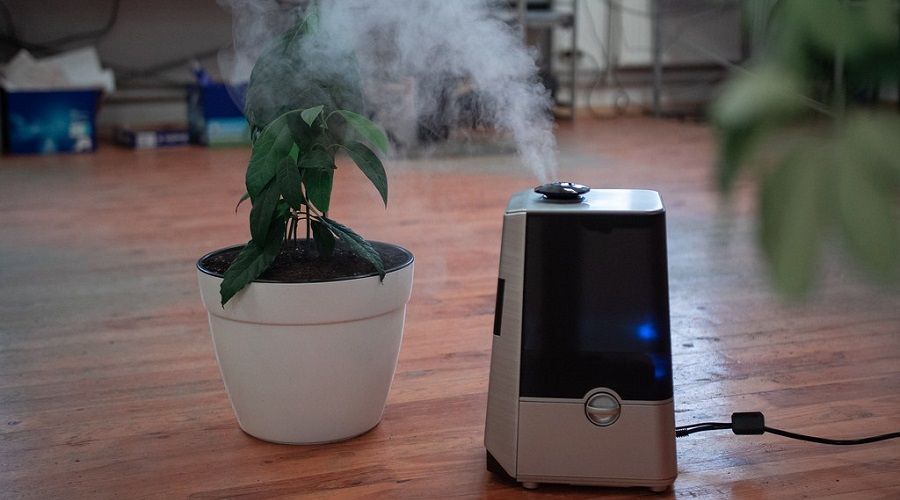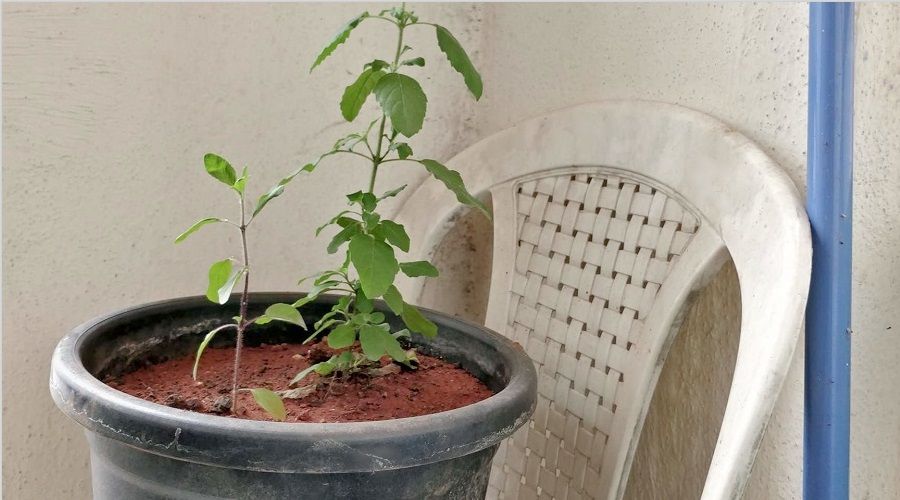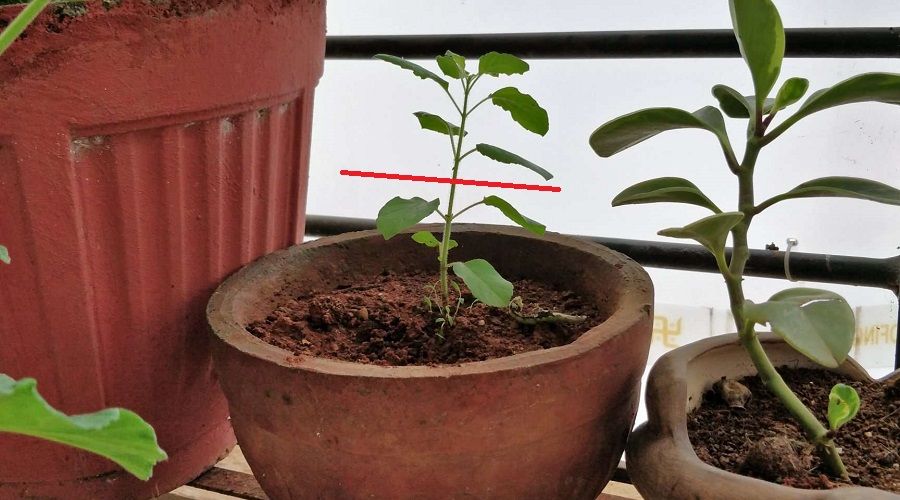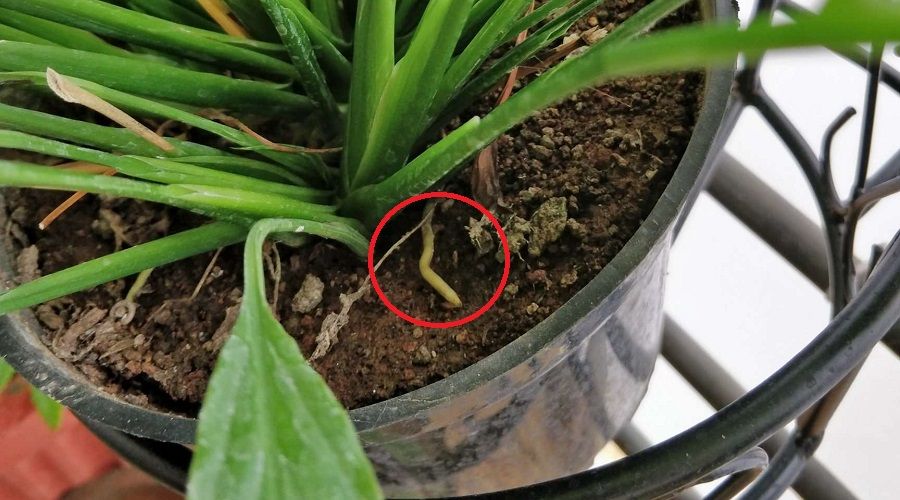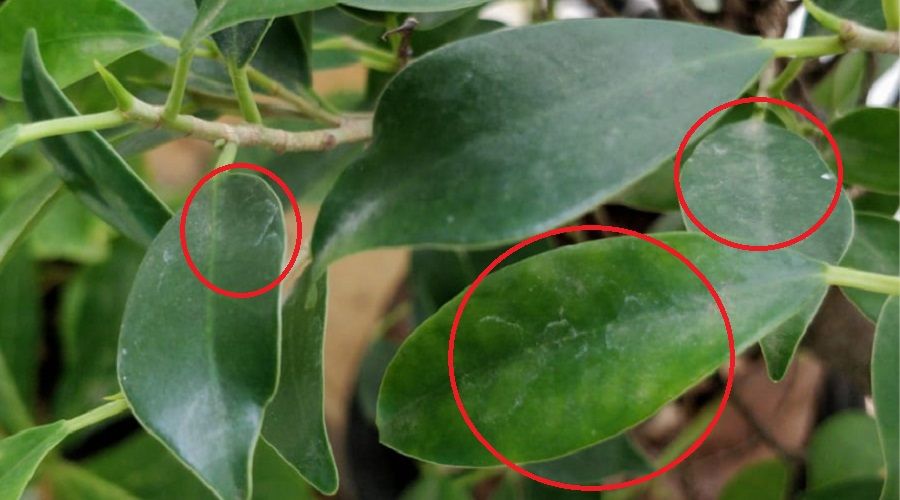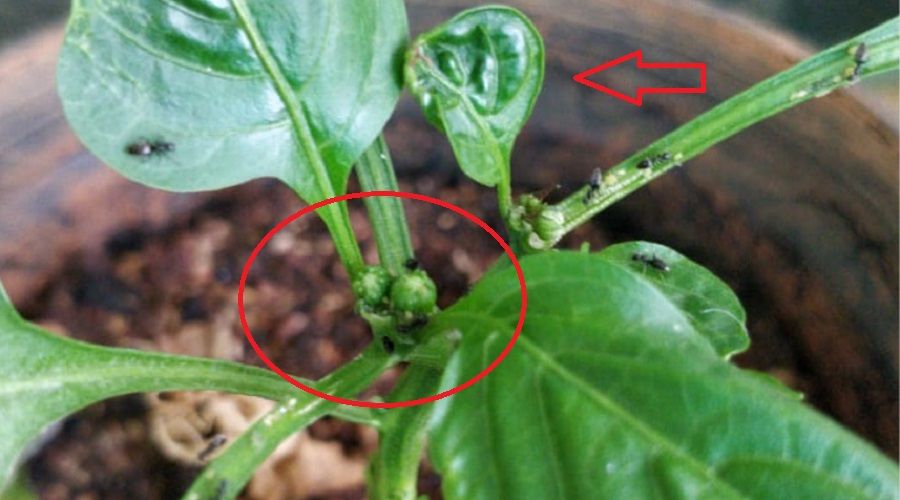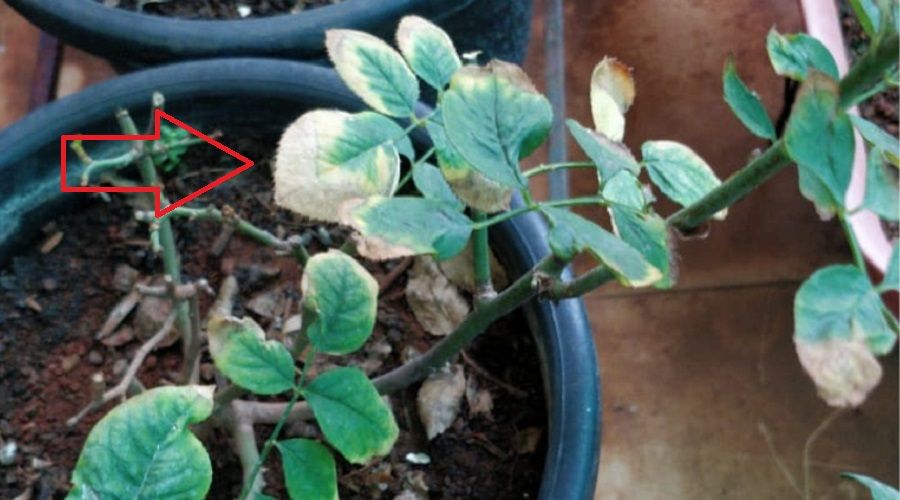As a plant lover, there is nothing more rewarding than coming home to healthy houseplants that you nurtured all by yourself.
Unfortunately, plant problems are unavoidable, and one of the most common issues is drooping plants. It's heartbreaking to see your healthy plant turn into a drooping plant even before it starts to mature.
There are several reasons why your once healthy garden could have droopy plants. If you want to learn why your houseplants have started drooping, read on to learn some possible causes and how you can fix them!
1. Improper Watering
Image Credit: Lakeisha Ethans for Backyard Boss
Improper watering practices, lack of water, or lack of ample drainage holes are common culprits for drooping plants and droopy leaves. Whether you’re providing insufficient water to your plants or overwatering them, this can cause stunted growth, droopy leaves, and weakened stems.
When a plant is underwatered, the dry soil makes it impossible to receive the nutrients it needs to stay firm. You can tell a plant is underwatered by its crispy, dry, and brown leaf edges that eventually start to wilt.
When a plant is overwatered, its roots get flooded and get deprived of oxygen, a condition known as root hypoxia. It often leads to root rot, especially due to a poor drainage system. It is seen in plants with soft, yellowing leaves that curl and droop from the water weight. If you see your plants shedding old leaves together with new ones, you’re probably overwatering them.
Solution: Rely on the soil’s moisture level to determine a consistent watering schedule. Only water your plant once the top inch of soil is dry. Additionally, ensure that indoor plants are in the right size pot with proper drainage to prevent root death and drooping leaves.
2. Incorrect Sunlight
Image Credit: Lakeisha Ethans for Backyard Boss
Sunlight is vital for photosynthesis, but conditions apply! Not all plants need the same quality and quantity of sunlight. Sun-loving plants kept in the shade, away from direct light, will lack food to grow strong. For shade-loving plants, receiving too much sunlight can be deadly.
Yellowing leaves and etiolation, which is when plants rapidly grow towards a light source, occurs when a plant receives insufficient sunlight. Plants with too much sunlight show stress through color bleaching, burns, and curling leaves.
Solution: To spot this problem, research how much sun your plant needs and reposition them by adding grow lights or shades if needed.
3. Temperature Problems
Image Credit: Lakeisha Ethans for Backyard Boss
Depending on the type of plant, sudden temperature changes can cause plants stress. Heat can cause wilting, discoloration, dried and curled leaves, and premature flower and fruit dropping.
Temperature drops during winter months can lead to shock and give plants frost damage or stunt their growth. When plants don’t respond well to the cold or are exposed to a draft, their leaves start drooping and curling.
Solution: Harden your plants as they mature by slowly exposing them to outdoor temperatures. For dormant plants in the winter, prevent root damage by soaking them during the day a few times each month using water above 40ºF.
4. Low Humidity
Image Credit: HomeGets via Creative Commons
Humidity refers to the moisture in the air. It is crucial in ensuring that plants stay hydrated.
Low humidity will lead to transpiration, which is the process of moisture in the plant transferring to the air. It can dehydrate a plant and decrease its water pressure, giving it a weakened stem and causing it to droop.
Solution: Increasing humidity can be as easy as using a humidifier or a humidity tray and grouping plants with similar humidity needs. We recommend the LEVOIT Ultrasonic Cool Mist Humidifier.
For simpler methods of increasing humidity, this video might help Helpful Humidity Hints.
5. Transplant Shock
Image Credit: Lakeisha Ethans for Backyard Boss
If you’ve recently transferred a plant grown in a container to your yard, your plant drooping might be transplant shock. Transplant shock makes healthy plant roots struggle to work efficiently in a new environment.
Transplant shock leads to poor soil hydration and makes healthy plants grow limp for a few days. Some plants will bounce back without interference, but some never recover, even if they're under direct sunlight.
Solution: Prepare for the transplant by acclimating it to the new environment and gradually lessening its water intake. Thoroughly water the new soil before the transplant and lightly water it after. You can also till the surrounding soil before you water it.
6. Fertilizer Issues
Image Credit: Lakeisha Ethans for Backyard Boss
Fertilizer is amazing for plants, but too much of it is never good, especially in potted plants. Overfertilized plants will start to develop salts and make their roots vulnerable to disease.
If the lower half of your plant is limp, but the top half is not, you should consider changing your fertilizer process. Other signs of overfertilization are crusty soil surfaces, slowed growth, and browning leaves.
Solution: Start leaching your plants to flush out excess salt and minerals. Once this is done, revisit your fertilizer schedule and see if it’s the right fit. You can even learn to make your own homemade garden fertilizer!
This video explains it in more detail: Why Are My Plant Leaves Yellow? | Over Fertilizing And How To Fix It.
7. Rootbound Plants
Image Credit: Lakeisha Ethans for Backyard Boss
Rootbound plants are a common issue for container gardeners. It occurs when plants outgrow their container, and the roots become dense and compact. In some cases, these roots can also start to grow circular or upwards, even after transplanting.
Tightly packed roots have difficulty collecting water and nutrients, causing the plant to stop growing and have curled and limp leaves. Eventually, the stress can kill the plant.
Solution: Depot your plant and loosen the root system before replanting it in a larger pot with hydrated loose soil. If you can’t use a larger container, you need to start root pruning them.
8. Dust Build-Up
Image Credit: Lakeisha Ethans for Backyard Boss
Houseplants and gardens near highways are prone to dust build-up. Accumulating a layer of dust on your plant’s leaves may seem like nothing, but the dust can blocks the sunlight and hinders photosynthesis. It makes the plant unhealthy and could attract pests.
Solution: Simply dust your plants with a soft brush to prevent build-up. For more delicate houseplants, you can mist them with water and wipe each leaf with a cloth. For smaller and hardier plants, you can try dunking them underwater.
9. Pests
Image Credit: Lakeisha Ethans for Backyard Boss
Unfortunately, your plants will always be at risk of pests like aphids, spider mites, gnats, whiteflies, and many more.
Depending on the insect, you’re likely to find leaf speckling, yellowing and discoloration, stunted growth, weak stems, mold, and signs of decay. As long as you regularly check on your plants, you should be able to quickly discover pests before it becomes an infestation.
Solution: For an indoor houseplant, try rinsing and washing away these bugs with insecticidal soap regularly. It prevents damage to plant tissues. If this is not an option, the general gardening solution is to use a safe pesticide. We recommend Plantonix Organic Neem Bliss Oil for a non-toxic pesticide solution to treat fungal diseases and fungal infections.
10. Disease
Image Credit: Lakeisha Ethans for Backyard Boss
Lastly, your plants might be drooping because of diseases that inhibit their water and nutrient consumption, causing an extreme nutrient deficiency.
When your plants are sick, they show obvious signs of something wrong such as discoloration, signs of decay, wilting, slowed growth, leaf-spotting, and mildew.
These diseases can be caused by a fungal, bacterial, or viral infection. Identifying the problem as soon as you can is your best shot at recovering a plant and preventing its spread to others in your garden.
Solution: Each disease is treated differently, but your first step is to move the infected plant away from others if possible.
After, you can use this video to diagnose the disease: Plant Disease Sign or Symptom.
Conclusion
While going through the ten possible reasons for why your plant is drooping, you might have noticed that many issues that cause drooping had similar symptoms and signs.
Although challenging at first, keen observation of your plants can help you address the real problem much more efficiently and help return your plants to good health.
With some practice and trust in your skills, you’ll soon fix whatever’s wrong and have your plants back in tip-top shape in no time!

